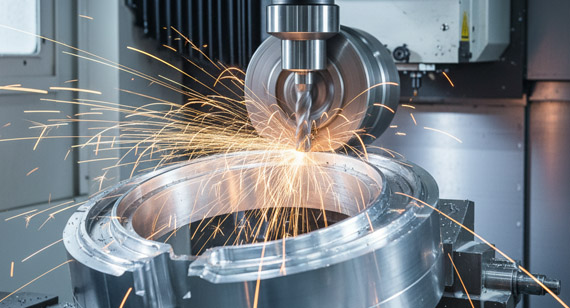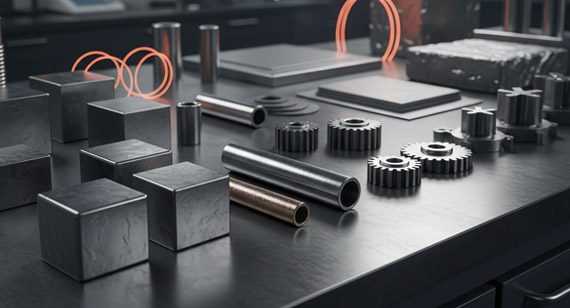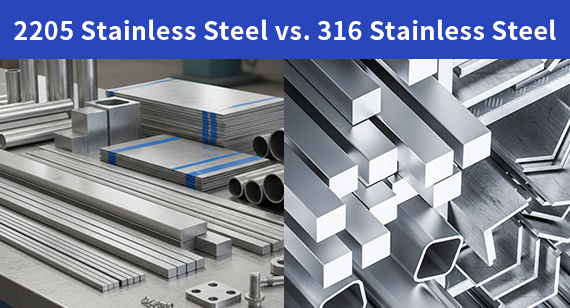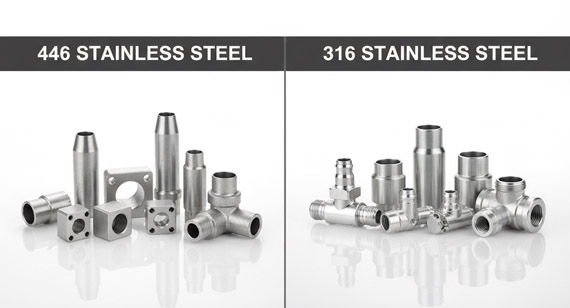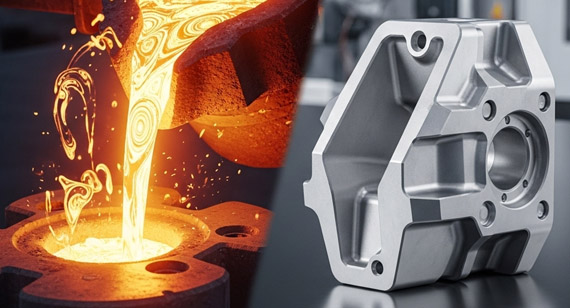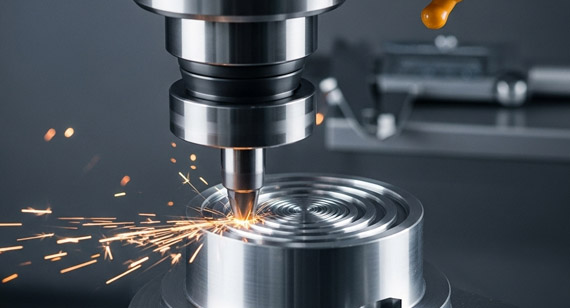15 years one-stop China custom CNC machining parts factory
The VMT blog is dedicated to sharing our hard-earned knowledge in prototype manufacturing. We hope these articles will help you optimize your product designs and gain deeper insight into the world of rapid prototyping. Enjoy the read!
Get an Instant Quote VMT
VMT  2025 10 15
2025 10 15 This article has dissected the critical distinctions between transparent, translucent, and opaque materials, emphasizing their unique light interaction properties and the profound implications for precision CNC machining parts. We've explored common materials for each category, delved into specific engineering challenges from optical clarity to surface aesthetics, and highlighted VMT CNC Machining Factory's expertise in delivering high-quality, meticulously engineered components across the spectrum. Understanding these nuances is crucial for successful product development and selecting the optimal manufacturing partner.
 66
66
 Read more
Read more
 VMT
VMT  2025 10 14
2025 10 14 Nickel alloy CNC machining requires specialized tools, cutting fluids, and precise parameters to handle tough, heat-resistant materials. These alloys—such as Inconel, Monel, and Hastelloy—offer exceptional strength and corrosion resistance but are difficult to machine. Using carbide tools, proper coolant, and optimized cutting speeds ensures accuracy, extended tool life, and cost-effective precision machining results.
 66
66
 Read more
Read more
 VMT
VMT  2025 10 13
2025 10 13 The distinction between pure tungsten and tungsten alloys is fundamental for precision engineering. While pure tungsten excels in extreme high-temperature stability, density, and specific electrical properties, its inherent brittleness poses manufacturing challenges. Tungsten alloys, through the strategic inclusion of other elements, achieve enhanced ductility, machinability, and tailored mechanical properties, broadening their application across aerospace, medical, and military sectors. Careful consideration of performance priorities, environmental conditions, and expert consultation from a source manufacturer are vital to optimize material selection for cost-effectiveness and project success.
 66
66
 Read more
Read more
 VMT
VMT  2025 10 11
2025 10 11 2205 stainless steel offers higher strength and superior corrosion resistance compared to 316 stainless steel, especially in chloride-rich environments. However, 316 stainless steel is more commonly used in industries requiring high levels of pitting and crevice corrosion resistance. Understanding these properties will help you decide which alloy is best suited for your machining needs.
 66
66
 Read more
Read more
 VMT
VMT  2025 10 10
2025 10 10 446 stainless steel offers excellent resistance to high-temperature oxidation, while 316 stainless steel is renowned for its corrosion resistance, especially in marine environments. The choice between the two depends on your specific application—whether it's for high-heat conditions or environments exposed to saltwater and chemicals.
 66
66
 Read more
Read more
 VMT
VMT  2025 10 09
2025 10 09 Choosing between 904L and 316L stainless steel requires a rigorous, informed assessment, balancing their distinct chemical compositions, mechanical properties, and unparalleled corrosion resistance capabilities against specific environmental exigencies and comprehensive lifecycle costs. 904L's superior performance in highly aggressive, chloride- and acid-rich conditions positions it as indispensable for critical, high-reliability applications, while 316L remains a robust and cost-effective solution for less demanding environments. A strategic approach, supported by deep technical expertise, ensures optimal material selection, minimizing risks and maximizing long-term project value.
 66
66
 Read more
Read more
 VMT
VMT  2025 10 08
2025 10 08 The long-held belief in cast aluminum's inherent brittleness is largely a misperception, often stemming from historical methodologies. Modern advancements in alloying, casting processes, heat treatment, and design optimization have transformed cast aluminum into a highly ductile and strong material. VMT's deep technical expertise and rigorous quality controls enable the production of precision cast aluminum parts that meet demanding industrial specifications, offering a lightweight, cost-effective, and robust solution for various high-performance applications.
 66
66
 Read more
Read more
 VMT
VMT  2025 10 07
2025 10 07 This comprehensive guide delves into the intricate world of CNC machining Nickel-Copper alloys, highlighting their paramount importance, unique advantages, and significant machining challenges. We elucidated critical strategies, including optimal tool selection, cutting parameters, and coolant management, necessary for overcoming material difficulties like work hardening. The article underscores the necessity of stringent quality control, post-processing, and delineates common industrial applications. Finally, it emphasizes our factory's distinct advantages as a source manufacturer, offering unparalleled quality, transparent pricing, and profound technical expertise for precision Nickel-Copper alloy component fabrication.
 66
66
 Read more
Read more
Ready To Start Your Next Project?
Get Instant Quote

Request a Free Quote
Send us a message if you have any questions or request a quote. We will get back to you ASAP!

